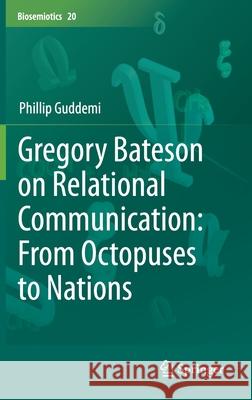Gregory Bateson on Relational Communication: From Octopuses to Nations » książka
topmenu
Gregory Bateson on Relational Communication: From Octopuses to Nations
ISBN-13: 9783030521004 / Angielski / Twarda / 2020 / 189 str.
Gregory Bateson on Relational Communication: From Octopuses to Nations
ISBN-13: 9783030521004 / Angielski / Twarda / 2020 / 189 str.
cena 724,58
(netto: 690,08 VAT: 5%)
Najniższa cena z 30 dni: 655,41
(netto: 690,08 VAT: 5%)
Najniższa cena z 30 dni: 655,41
Termin realizacji zamówienia:
ok. 22 dni roboczych
Dostawa w 2026 r.
ok. 22 dni roboczych
Dostawa w 2026 r.
Darmowa dostawa!
Kategorie:
Kategorie BISAC:
Wydawca:
Springer
Seria wydawnicza:
Język:
Angielski
ISBN-13:
9783030521004
Rok wydania:
2020
Wydanie:
2020
Numer serii:
000351603
Ilość stron:
189
Waga:
0.47 kg
Wymiary:
23.39 x 15.6 x 1.27
Oprawa:
Twarda
Wolumenów:
01
Dodatkowe informacje:
Wydanie ilustrowane











